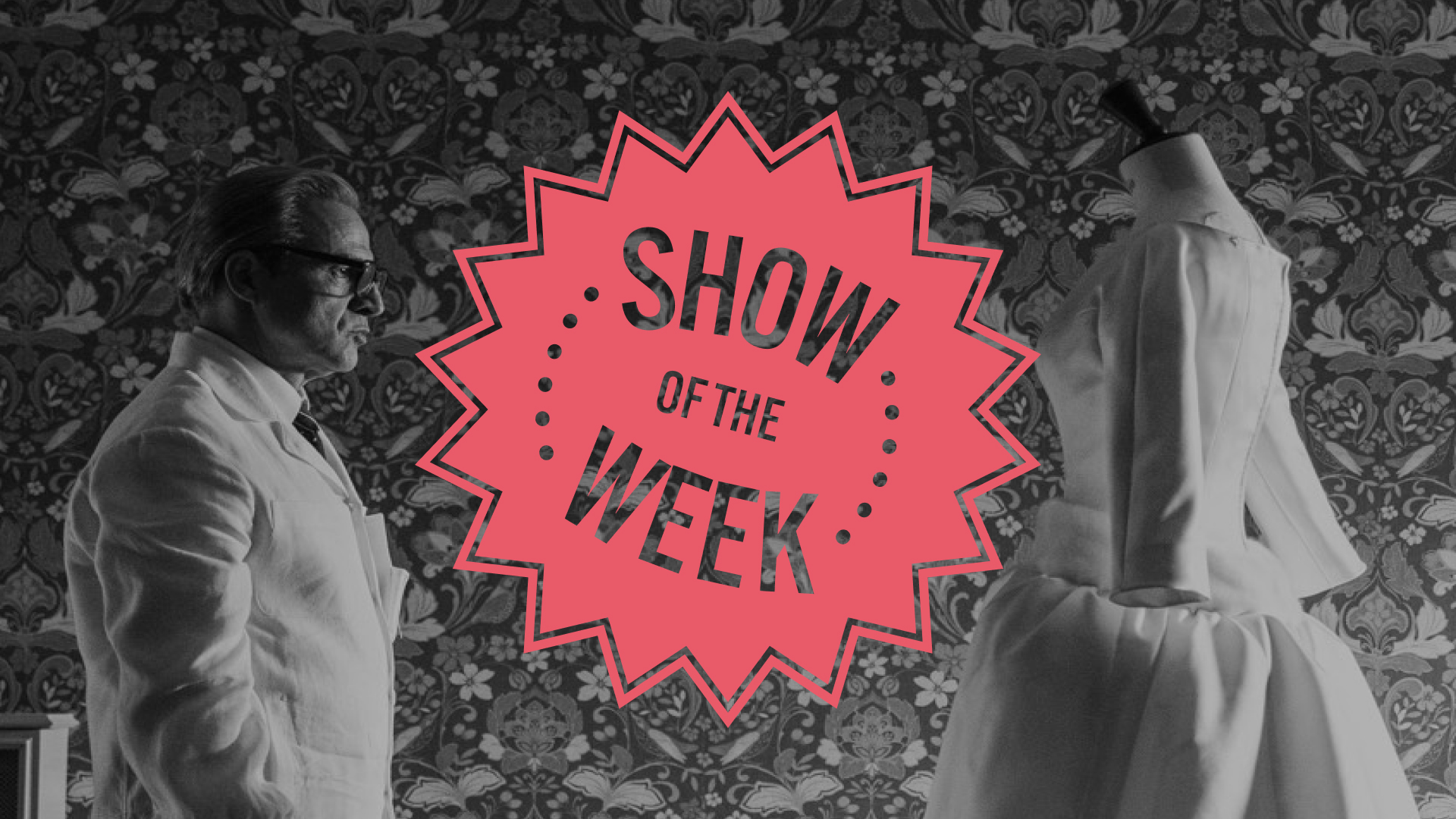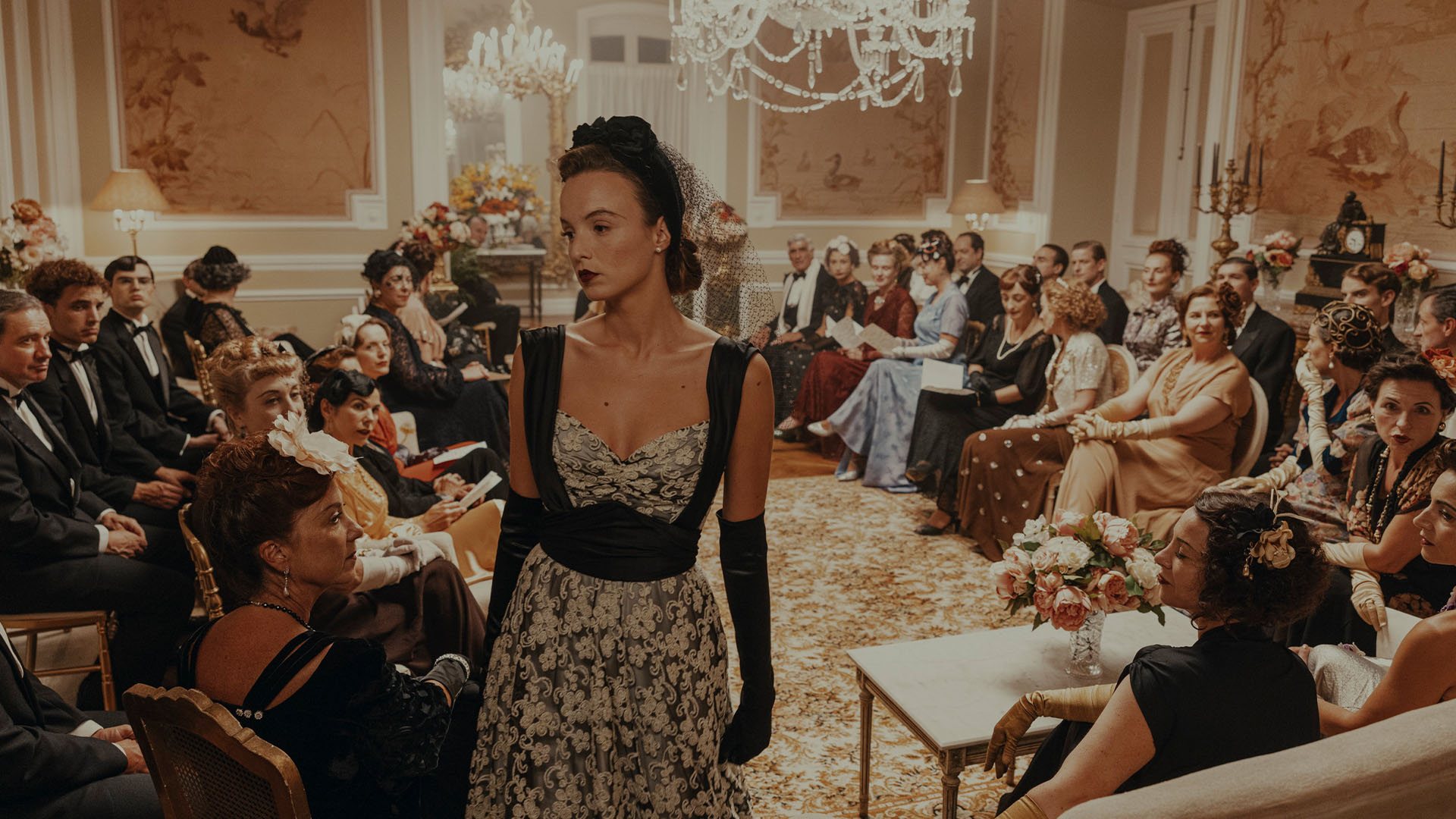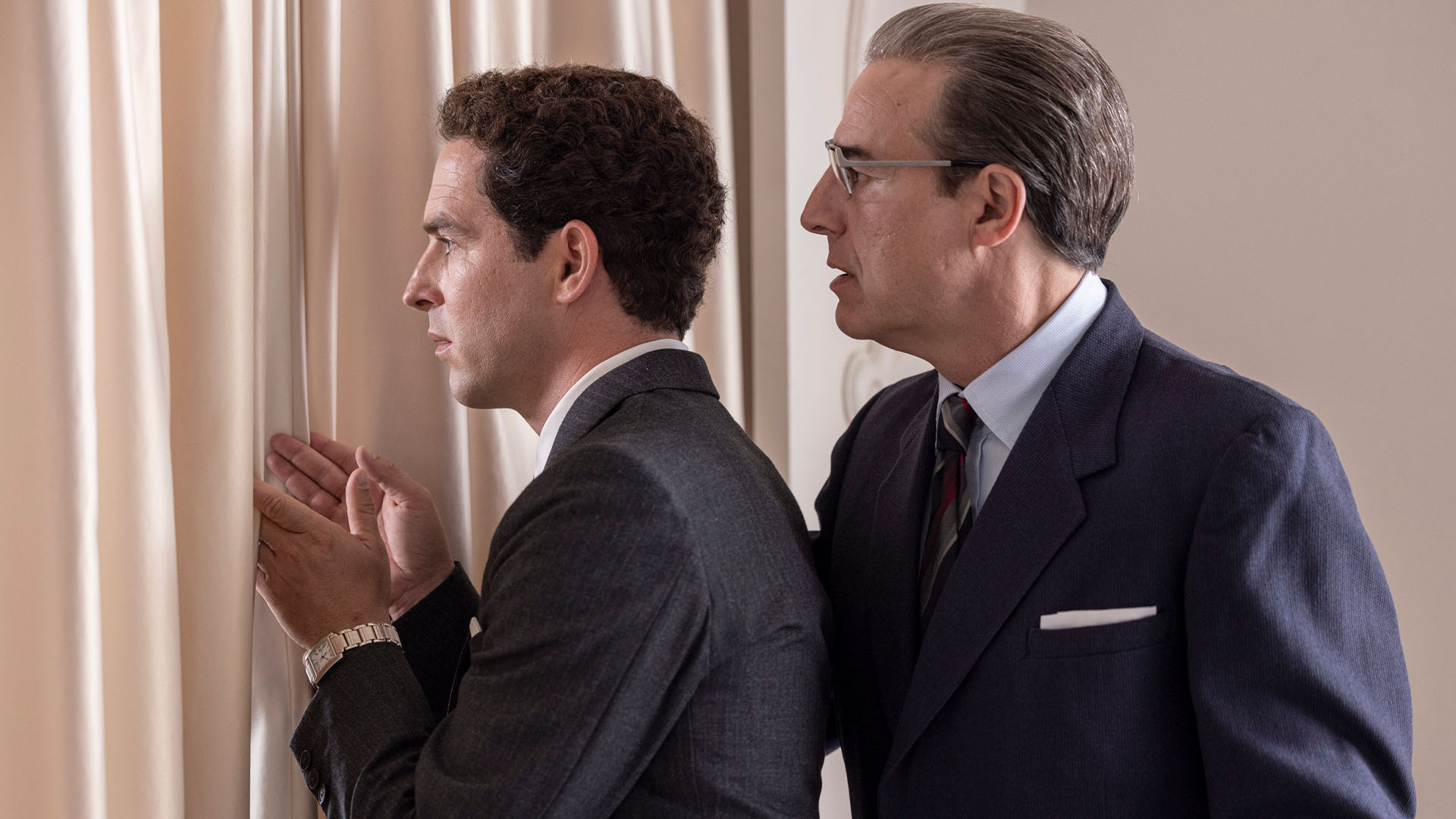A fashion icon comes to life in Disney+ series Cristóbal Balenciaga

Clarisse Loughrey’s Show of the Week column, published every Friday, spotlights a new show to watch or skip. This week: Disney+’s dramatic retelling of the life and career of couture genius Cristóbal Balenciaga.
Cristóbal Balenciaga, Disney+’s six-part series on the Spanish fashion powerhouse, surprised me. I’m used to a certain kind of genius on screen—secluded and difficult, yes, but ultimately beneficent. But the series, created and written by Lourdes Iglesias, as part of the streaming service’s new, Spanish branch, approaches its subject with a far more inquisitive mind. It celebrates Balenciaga, and the art of haute couture, but also questions its function in a modern, rapidly shifting society.
Balenciaga was a visionary, who, in the mid-century, dared to usher women into strange cocoons and waistless sacks. He challenged the traditional, gendered silhouettes celebrated by the nipped-in waists of Dior’s highly popular “New Look”.

We open with the 1971 funeral of Coco Chanel, as Times journalist Prudence Glynn (Gemma Whelan), slips silently between pews, clearly in investigatory mode. We spot a few markers of notoriety—the rectangular, oversized specs of Yves Saint Laurent, and the twirled moustache of Salvador Dalí. And, there, sombre and elegant, sits Cristóbal (Alberto San Juan), retired and elusive as ever. Glynn was one of two journalists persistent enough to elicit an interview from the designer, and Iglesias expands what was, in reality, a fairly brief conversation, into a full-tilt escapade into his life and career.
He was certainly reclusive, described by Carmel Snow, the Harper’s Bazaar editor at the time, as the “monk of couture”. While the Duchess of Windsor, Grace Kelly, Marlene Dietrich, and Barbara Hutton all happily swanned up to the doors of his haute couture house at 10 George V, in Paris, he remained largely behind the curtains, hidden and so rarely photographed—save for a famous shot, seated and scowling, to promote his Le Dix perfume in 1947.
Balenciaga, here, is imagined as the arch-traditionalist. Chanel (Anouk Grinberg) may tease and provoke him, but she’d still concede that he’s “the last true dressmaker—the rest of us are just designers”. On more than one occasion, he marches up to a woman, dissatisfied by the cut of her dress, rips its seams there and then, and resews it so he can usher it towards perfection. He stands above petty rivalries, even as the press attempts to set him up against the more business-savvy Christian Dior (Patrice Thibaud).

Yet, what does revolution in the fashion world truly look like? And can that word even be applied to a kind of artistry accessible only to the absolute elite? Did its dignity wither away when the couture houses expanded into impersonal, prêt-à-porter lines (we see Balenciaga gaze upon a factory line with shell-shocked terror)? Can we draw a direct line between this moment in fashion history, this man’s personal sorrow, and today’s blight of “fast fashion”? Or does the scene of Balenciaga, walking along the Seine, enraptured by the bohemian, casual ways the young women of late Sixties France dress, present a necessary counter-image of traditionalism slinking into irrelevance?
There’s no easy narrative to rely on here, and Iglesias’s series not only embraces contradiction but tethers it directly to political thought. Balenciaga’s insular nature, his insistence that nothing in the world matters more than cut and shape, reads, at times, as a betrayal of the man who first arrived to Paris in 1937, having fled the Spanish Civil War alongside his anti-Francoist business partner Nicolás Bizkarrondo (Josean Bengoetxea). His apoliticism is absolute. During the Nazi occupation of Paris, the doors of 10 George V remained open—as a closeted gay man, action seem too much to risk for him, even as the great love of his life, Wladzio d’Attainville (Thomas Coumans), insists “we can’t turn a blind eye to what’s happening”.

As an older Balenciaga informs Glynn, “it was about survival”. But what does his timidity offer him in return? He goes to parties where the bejewelled and highly perfumed talk about the civil war as if it were “exotic”, something they gleaned casually from Picasso’s Guernica. His creativity stagnates. A woman, who arrives to the couture house arm-in-arm with a German officer, takes his silence for tacit support. So, when he sees the students of the May 68 protests fill the streets, he can’t help but conclude that “there’s no place for me in that new world that seems to have sprung up out of thin air”.

















